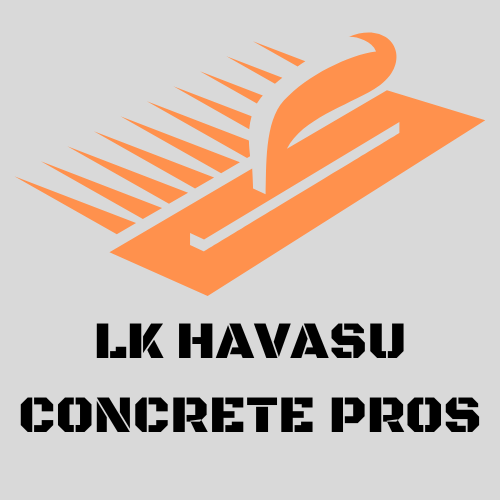PROS AND CONS OF STAINED CONCRETE
Stained concrete offers several benefits and drawbacks, making it a popular choice for flooring in various settings:
Pros:
- Aesthetic versatility: Stained concrete can mimic the look of natural stone, wood, or other materials, offering a wide range of design possibilities. It allows for customization in terms of colors, patterns, and textures, enhancing the visual appeal of indoor and outdoor spaces.
- Durability: Concrete is inherently durable and resistant to wear and tear, making stained concrete floors long-lasting and suitable for high-traffic areas. Properly sealed stained concrete floors are also resistant to stains, moisture, and scratches.
- Low maintenance: Stained concrete floors are relatively low maintenance compared to other flooring options. Regular sweeping and occasional mopping are usually sufficient to keep them clean, and resealing every few years helps maintain their appearance and protection.
- Cost-effectiveness: Stained concrete is often more cost-effective than materials like hardwood, tile, or natural stone. It can provide the look of more expensive materials at a fraction of the cost, making it an attractive option for budget-conscious homeowners.
- Environmentally friendly: Concrete is a sustainable material, and staining it does not require the use of additional resources or chemicals. Additionally, stained concrete floors can contribute to energy efficiency by retaining and radiating heat, reducing the need for supplemental heating.
Cons:
- Limited repair options: While concrete is durable, it can still crack over time due to settling, temperature fluctuations, or structural issues. Repairing cracks or damage in stained concrete can be challenging and may result in noticeable patches or color variations.
- Surface preparation: Achieving a desirable stained concrete finish requires proper surface preparation, including cleaning, etching, and patching any imperfections. Without adequate preparation, stains may not penetrate evenly, resulting in an uneven or blotchy appearance.
- Susceptibility to moisture: Concrete is porous, which means it can absorb moisture if not properly sealed. Moisture infiltration can lead to mold, mildew, or deterioration of the concrete over time, particularly in areas prone to water exposure.
- Slippery when wet: Like many hard flooring surfaces, stained concrete floors can become slippery when wet, posing a slipping hazard, especially in areas like kitchens, bathrooms, or entryways. Using rugs or non-slip coatings can help mitigate this risk.
- Limited insulation: Concrete floors can feel cold and hard underfoot, especially in colder climates. While stained concrete does not provide much insulation on its own, adding area rugs or installing radiant heating systems can improve comfort levels.
Overall, stained concrete offers a durable, customizable, and cost-effective flooring option for a variety of residential and commercial applications. Lk Havasu Concrete Pros are happy to help you decide if Stained concrete is right for you. Call us today for a FREE Quote!
Quick & Reliable
We are available for all of you concrete needs!
© 2025
All Rights Reserved | Lk Havasu Concrete Pros

